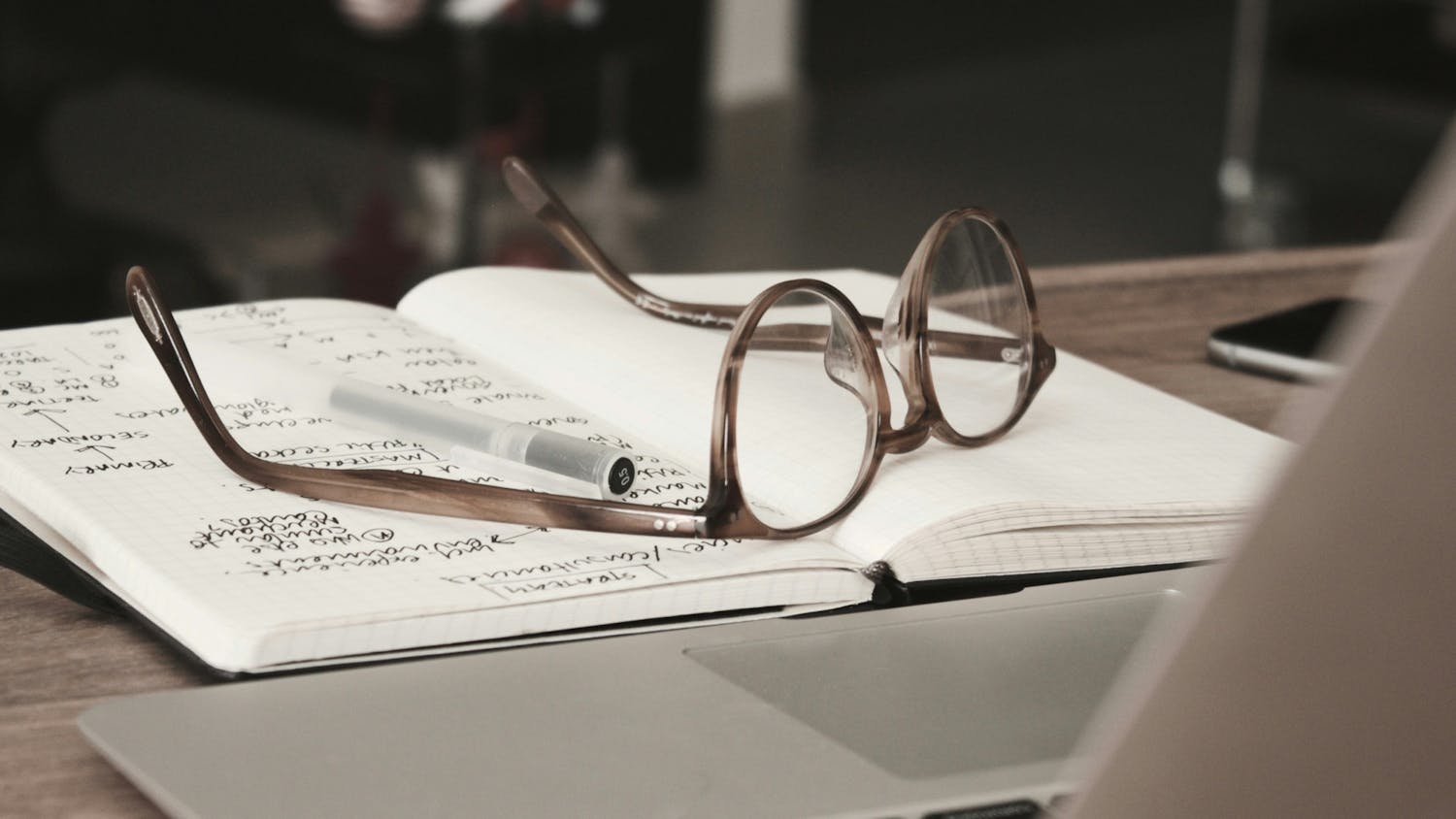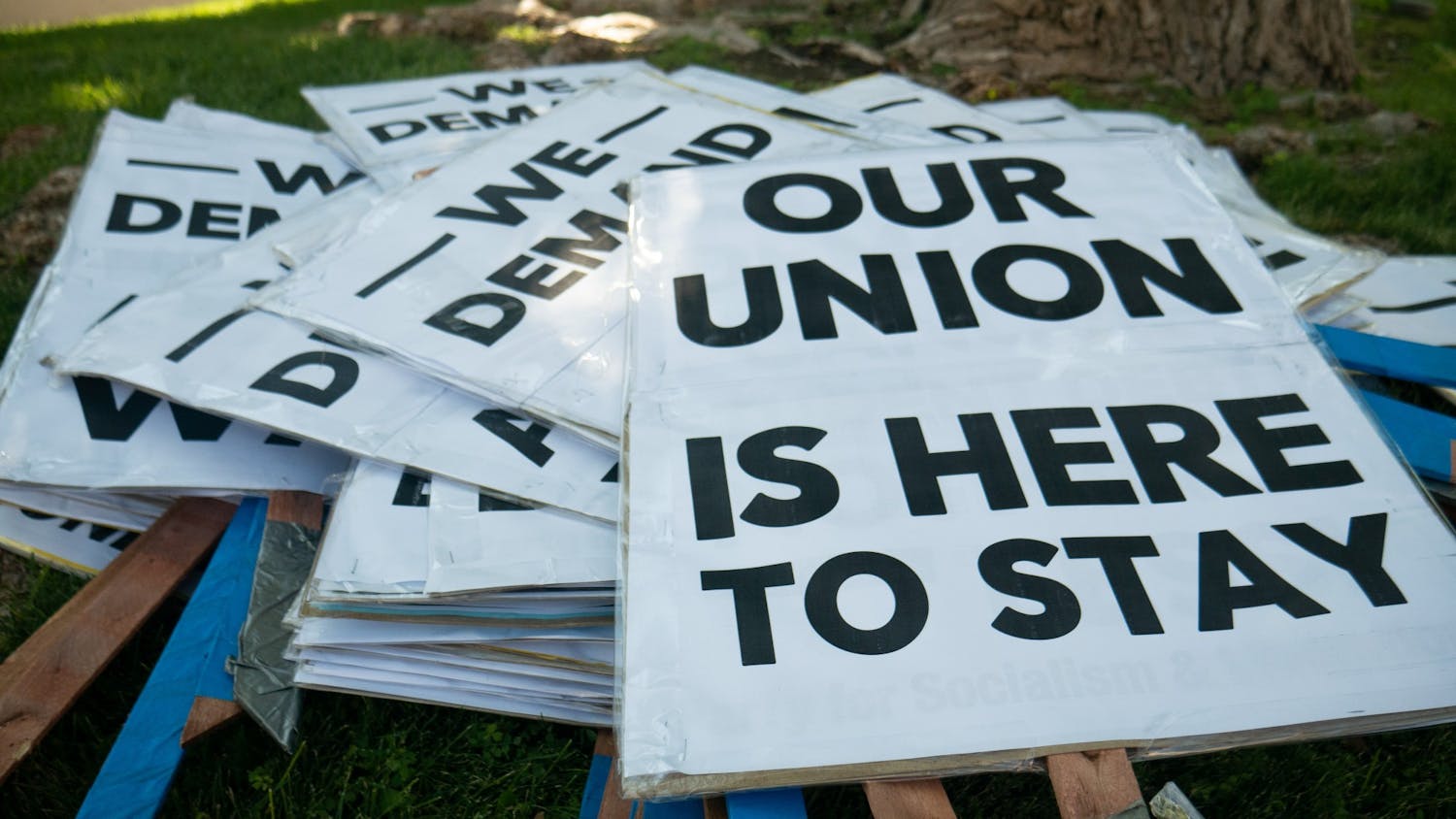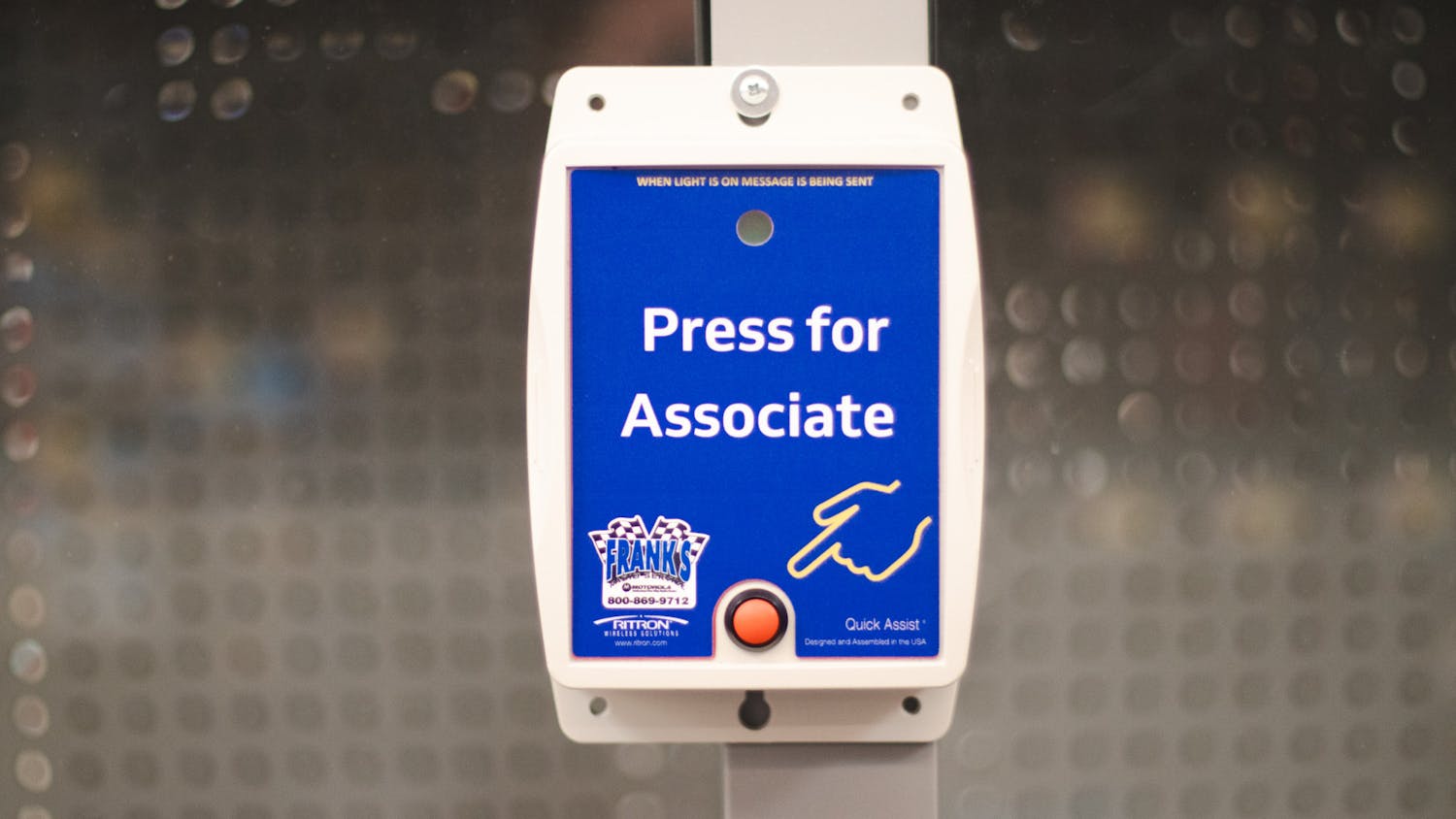She woke up around 6 a.m., snapped on her fanny pack and when she reached for the cabinet to make a bowl of oatmeal, promptly died, slumped over her walker.
Inside the fanny pack were three pictures of her favorite dogs, several revoked driver’s licenses (she was legally blind) and a taped-up card, its lamination peeling at the corners.
“My body has been donated to the University of New Mexico School of Medicine, Albuquerque, New Mexico,” the card reads. “I request that immediately after my death and in compliance with applicable laws and regulations, UNM be notified by telephone at …”
My grandmother died peacefully in her home in Gallup this summer.
And after the circus of sheriffs, ambulances and medical investigators, Jane Lohmann, 91, was shipped 134 miles from dusty Gallup to urban Albuquerque, where UNMH accepted her gracious gift.
On April 17, families of 60 donors met with students and researchers at the Aquinas Newman Center on campus to hear how their loved ones aided in education and medicine.
“Your loved one will forever live in our hearts and minds as we continue our journey through medicine,” said Andrea Sandoval, a medical student.
Another medical student, Amanda Chavez, almost burst into tears as she addressed 175 family members, many of whom were also choked up.
“We always remembered that we were working with somebody’s mom, dad, husband, wife, cousin or friend,” she said. “This gift will be with us not only today but forever.”
Later, at the reception, students sat down and talked to families over baklava and lemonade.
“My mother always said, ‘It’s just a shell,’” one woman told a medical student.
The student nodded. “There’s no better way to learn,” she said.
My grandmother became a proponent of recycling long before it was trendy.
A survivor of the Great Depression, she’d crack an egg and run her finger inside the shell to extract every bit. She used old spoons to mark what crops were planted where in her garden. She ate slowly to avoid waste from gluttonous momentum.
“She was one of the most parsimonious people I knew,” my dad said.
So, it’s fitting for her to recycle her body.
And it’s reassuring to know that UNMH used her body for what was intended.
At least, that’s what Tom Estenson, director of anatomical facilities, said.
“It would take a real conspiracy for someone to be used for anything else here at the Health Sciences Center,” he said. “We have a series of checks and balances that have to do with the location of the body and any invoices that result from transportation here — cremation, those types of things — and there are always three or four people who are involved with that.”
Estenson has found himself defending UNMH’s body policy dozens of times in recent weeks.
Get content from The Daily Lobo delivered to your inbox
In early April, Albuquerque Police charged Paul Montano, 31, manager of Bio Care, Inc., with three counts of felony fraud for mishandling human remains. According to the Albuquerque Journal, assorted body parts turned up at a medical waste plant in Kansas City, and investigators found remains of donors who were supposed to have been cremated and returned to loved ones.
Since then, one person out of 3,000 has withdrawn from the list of UNMH’s would-be donors, Estenson said.
“Someone is thinking about donating their body, and then they remember these headlines about seven heads in a bucket in Kansas City,” he said. “They say, ‘I don’t want that to happen to me.’ So they don’t sign up, and I certainly don’t blame them.”
However, the possible loss of donors comes at exactly the wrong time, Estenson said.
“We’re going to be needing more donors. I think as many as 100 or so in five or six years,” he said. “That number’s going to have to go up, because the medical school is increasing by a third this year.”
Estenson said the number of medical and other students who use donors for anatomy lessons is slated to increase.
On average, UNMH gets between 70 and 80 bodies a year, and it has accepted just more than 2,300 donors since its inception in 1968, Estenson said.
“This whole thing has caused us a lot of anxiety,” he said. “You just cannot understand human anatomy without looking at human bodies. No videos, no pictures, no textbooks can really explain how complicated it actually is.”
We’ll receive my grandmother’s cremains in a few months — no funeral, no memorial. But Estenson said people who donate their bodies to UNMH receive a unique commemoration. They’re provided an enduring legacy in the minds of medical students.
“Thank you for your grandmother,” he said. “She was a very special person. You knew that all along, but now the rest of us do, too.”





